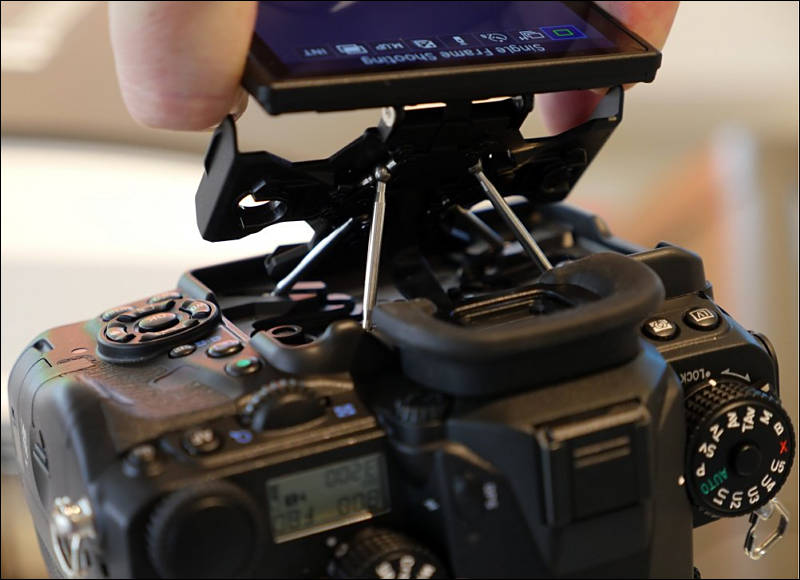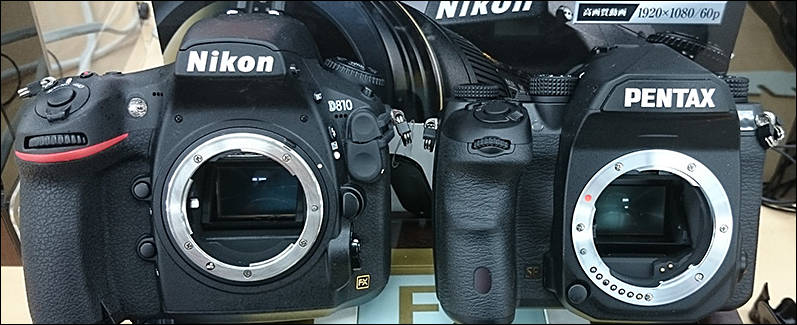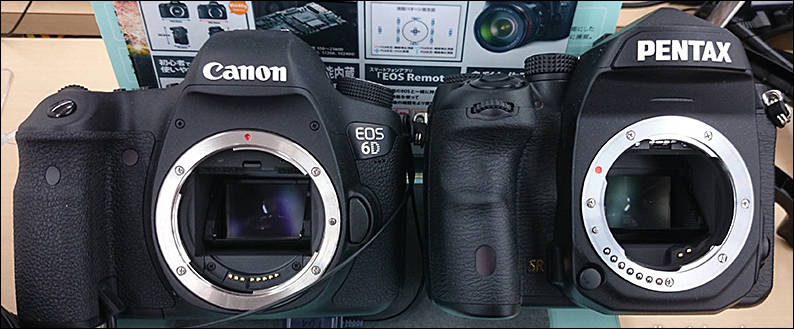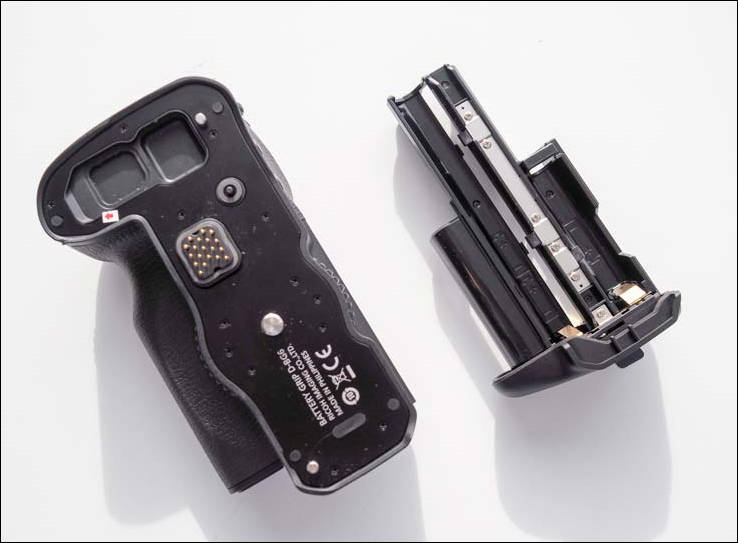
It allows to keep PV going, with more focus towards AI, but keeping be one of the few truly independent places.
-

The camera is compatible with all K-mount lenses, such as the FA lenses, which can be used with the same angle of view as with 35mm film cameras. As for the APS-C-size image sensor, the DA lens series, the cropping function makes it possible to use the APS-C-size center portion of an image. By changing the settings, you can also choose a 35mm full-frame angle of view. The D FA lens series—which is beautifully suited to digital images—covers all of these capabilities, including, of course, the 35-mm full-size angle of view.

 zebra524.jpg800 x 532 - 55K
zebra524.jpg800 x 532 - 55K -
Rear part of the camera (already shown in previous page of this topic)
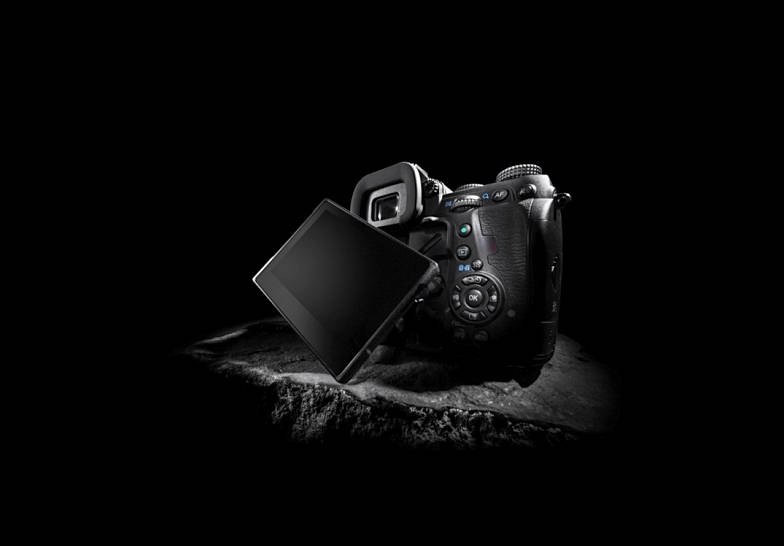

 zebra705.jpg784 x 546 - 24K
zebra705.jpg784 x 546 - 24K -
The rear screen twists out?? what kind of magic is that!
-
Leaked photos
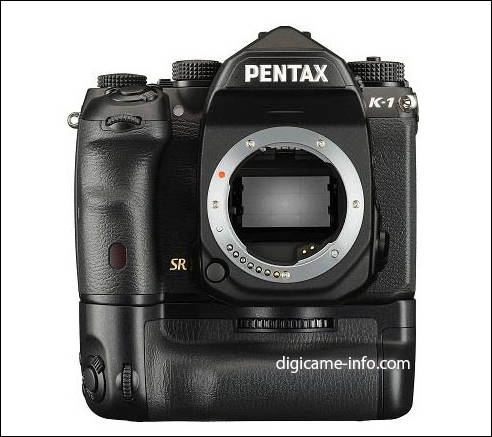
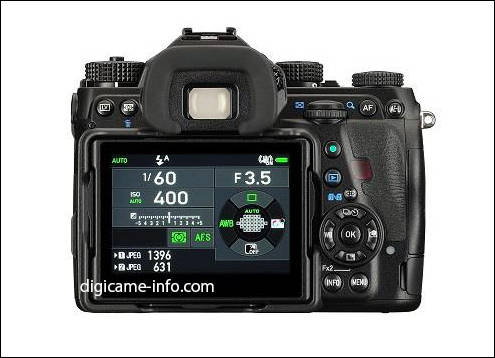
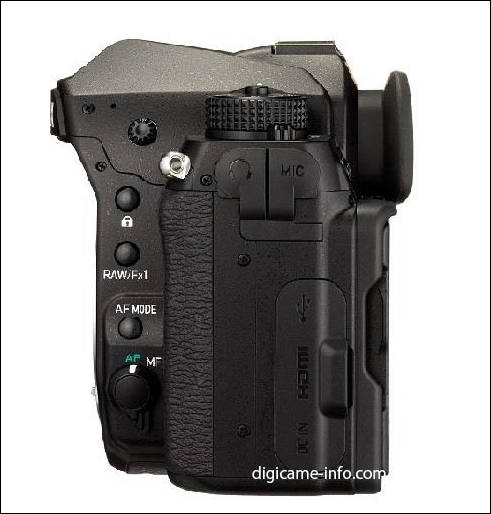
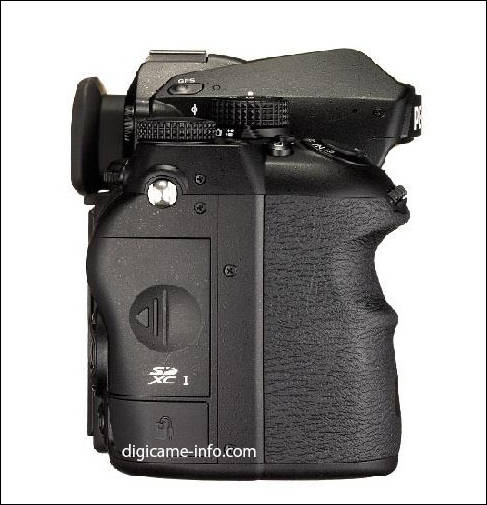
At least I see both mic and phones sockets.

 img50.jpg492 x 437 - 34K
img50.jpg492 x 437 - 34K
 img51.jpg495 x 358 - 30K
img51.jpg495 x 358 - 30K
 img52.jpg491 x 514 - 34K
img52.jpg491 x 514 - 34K
 img53.jpg487 x 505 - 37K
img53.jpg487 x 505 - 37K -
- 36.4 MP CMOS sensor
- ISO sensitivity up to 204,800
- 5 axis sensor stab
- anti-aliasing filter simulation
- flexible, tilt-type monitor
- 0.7x 100% pentaprism VF
- $2000 body
K-1 is their first full-frame camera, sporting a 36.4 MP CMOS sensor. The new sensor features ISO sensitivity up to 204,800 and integrates a five-axis image stabilization system that the manufacturer has found all kinds of creative uses for. By moving its sensor in 1 pixel increments, the camera is able to simulate an anti-aliasing filter to fight moiré patterns. To boot, the K-1 can use its built in GPS in tandem with the sensor’s stabilization unit to follow the movement of stars in the night sky – a boon for stellar photographers that Pentax calls its Astro Tracer.
The K-1, launching into a market already well-stocked with full-frame DSLRs incorporates a number of novel features that help it stand out. Many photographers have by now become accustomed to the many ways in which the rear LCD screen on their cameras may be rotated and flipped to assist in shooting under unusual circumstances. One-upping the competition, Pentax has included what they call a “flexible, tilt-type” monitor which is anchored to the body of the camera by four struts. This unique system allows the rear screen to twist and angle in new ways, with up to 44° of vertical and 35° of horizontal adjustment.
Looking to carve a niche for itself, the K-1 has focused many of the physical, as well as digital elements of the camera body. A newly-engineered pentaprism with about 0.7x magnification and almost 100% field of view provides a bright, crisp view through the lens. An array of small LEDs throughout the body, above the lens mount, within the SD card slots and behind the rear LCD screen, should make using the camera in low-light situations a breeze. Heavy-duty shooters will also be interested in an optional battery grip for the K-1 which mirrors many of the right-hand controls on the back of the camera body.
Surprisingly, the K-1 with its many new features, hits the street today at a cool $2000 (body only), significantly cheaper than its closest competitor, Nikon’s D810 which sell for $2800. Launching concurrently with the K-1, Pentax has also announced two new lenses for the body, a 15-30mm f/2.8, and a 28-105mm f/3.5-5.6. Both lenses, for which prices are not yet available, are weather-sealed and incorporate aspherical and low-dispersion elements to fight chromatic aberration and distortion. 10 other lenses for the system will also be available, ensuring a wide range of focal length possibilities for potential Pentax shooters.
http://www.popphoto.com/pentax-debuts-their-first-full-frame-dslr-k-1
-

 img92.jpg800 x 580 - 58K
img92.jpg800 x 580 - 58K -
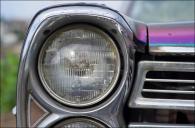
 img93.jpg800 x 526 - 67K
img93.jpg800 x 526 - 67K -

New record - price reduction before announcement. It is not error as in PopPhoto article price is also $2000.

 img94.jpg277 x 56 - 5K
img94.jpg277 x 56 - 5K -
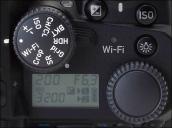
 img95.jpg513 x 381 - 30K
img95.jpg513 x 381 - 30K -

 img107.jpg800 x 532 - 111K
img107.jpg800 x 532 - 111K -
The K-1 is primarily a camera for Pentax fans, and there's nothing wrong with that at all. It seems highly unlikely that anyone who’s been happily using a full-frame camera from another manufacturer for the past few years will suddenly throw it all away and buy a K-1. The K-1 looks like a pretty good camera, and $1800 is a pretty good price, but it’s still a considerable chunk of change, and that’s not including lenses.
With decades of compatible K-mount lenses, Pentax users are very well-served. In theory. I have a collection of 70s and 80s-vintage Pentax primes, and I can’t wait to try them out on the K-1. Unfortunately, while putting old glass on high-resolution cameras is a lot of fun, it does tend to show up the defects in that glass pretty glaringly. There are some excellent lenses in Pentax’s historical lineup, but there is a very real risk that a zoom or even a prime that always delivered lovely 6x4 inch prints on film might not quite live up to customer expectations when paired with a 36MP sensor.
http://www.dpreview.com/opinion/4721880615/the-long-difficult-road-to-pentax-full-frame
Quite uninformed and disappointing article.
First, it ignores math, as modern APS-C bodies have same or higher resolution that you get in FF center part.
Second, some Pentax glass is soft wide open. Yet, you can find many cheap FF options with good performance.
Third, any M42 lens is easy to mount.
Last, almost every AF lens will focus and work good on this body. May be not so fast and silent and modern ones, but it will work.
Most people also greatly ignore how much of dedicated FF shooters never actually shoot video or sports.
-
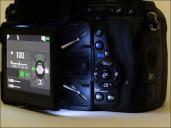
 img137.jpg794 x 593 - 52K
img137.jpg794 x 593 - 52K -
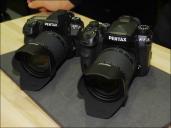
 img152.jpg793 x 593 - 60K
img152.jpg793 x 593 - 60K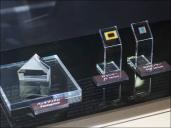
 img153.jpg796 x 596 - 57K
img153.jpg796 x 596 - 57K -

 img172.jpg798 x 531 - 95K
img172.jpg798 x 531 - 95K -
Vitaly-
I know video is completely ignored by Ricoh but I just thought I'd ask your general opinion of the K1. Is Ricoh so far behind trend that this is way too little way too late? As a hobbiest I won't be sinking money into this body. Quite happy with my k30 and pile of mf glass.
Howdy, Stranger!
It looks like you're new here. If you want to get involved, click one of these buttons!
Categories
- Topics List23,992
- Blog5,725
- General and News1,354
- Hacks and Patches1,153
- ↳ Top Settings33
- ↳ Beginners256
- ↳ Archives402
- ↳ Hacks News and Development56
- Cameras2,367
- ↳ Panasonic995
- ↳ Canon118
- ↳ Sony156
- ↳ Nikon96
- ↳ Pentax and Samsung70
- ↳ Olympus and Fujifilm101
- ↳ Compacts and Camcorders300
- ↳ Smartphones for video97
- ↳ Pro Video Cameras191
- ↳ BlackMagic and other raw cameras116
- Skill1,960
- ↳ Business and distribution66
- ↳ Preparation, scripts and legal38
- ↳ Art149
- ↳ Import, Convert, Exporting291
- ↳ Editors191
- ↳ Effects and stunts115
- ↳ Color grading197
- ↳ Sound and Music280
- ↳ Lighting96
- ↳ Software and storage tips266
- Gear5,420
- ↳ Filters, Adapters, Matte boxes344
- ↳ Lenses1,582
- ↳ Follow focus and gears93
- ↳ Sound499
- ↳ Lighting gear314
- ↳ Camera movement230
- ↳ Gimbals and copters302
- ↳ Rigs and related stuff273
- ↳ Power solutions83
- ↳ Monitors and viewfinders340
- ↳ Tripods and fluid heads139
- ↳ Storage286
- ↳ Computers and studio gear560
- ↳ VR and 3D248
- Showcase1,859
- Marketplace2,834
- Offtopic1,320
Tags in Topic
- pentax 48




